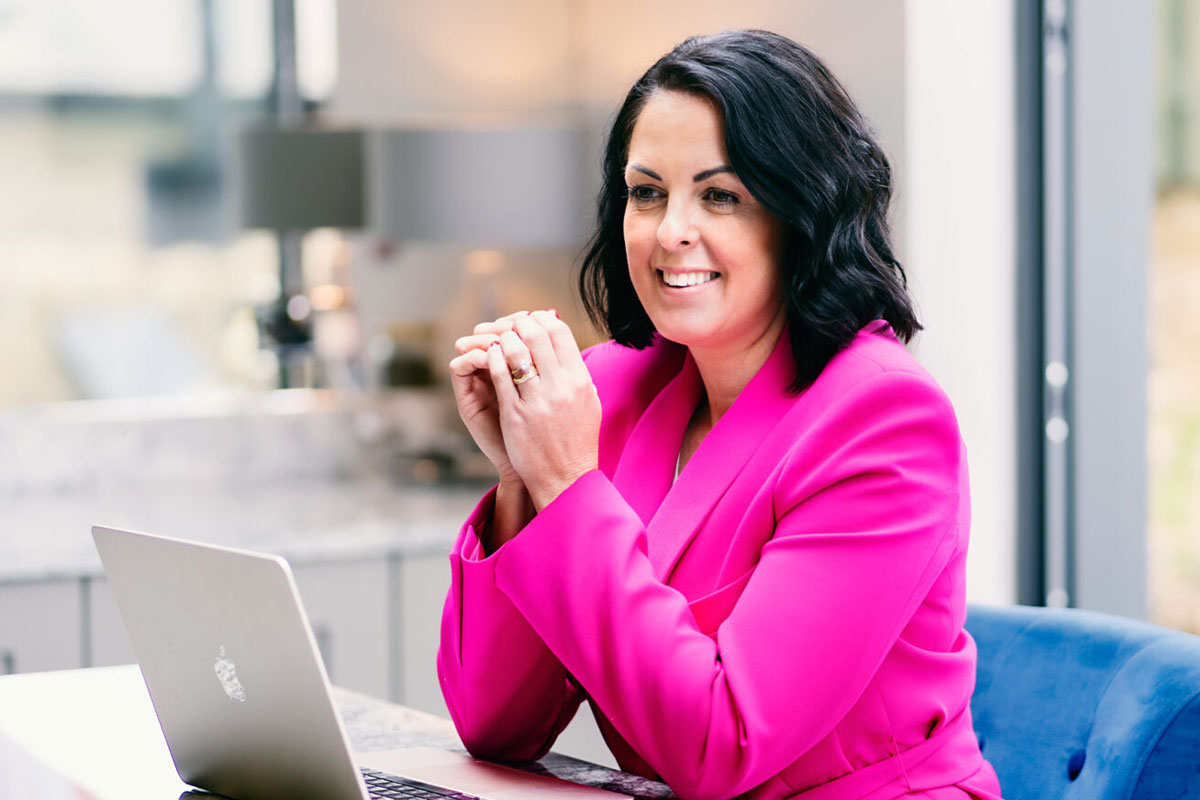14 June 2024
Understanding Profit First: Transforming Your Practice’s Financial Health

Hello, everyone!
If you missed last weeks blog then don’t read any further…. Rewind back to my last blog then come back to pick this back up. If you’re all caught up then carry on reading!
If you’ve ever found yourself thinking, “I have a profitable practice, but I’m reinvesting all my profit into the business,” you’re not alone. This is often a euphemism for spending every penny you earn. Today, we’re continuing our conversation from last week, diving deeper into the Profit First model.
Growing up, I was always told to finish everything on my plate before I could have pudding. Whether the plate was big or small, my brother Tom and I would finish it all. The same principle applies to your bank accounts. If you have one bank account where all your business funds sit, it’s like one large plate. Your brain sees it as all the resources available and tends to consume it all. The Profit First model suggests having multiple smaller plates—dividing your money into several accounts or pots if you’re using Monzo.
The first step in the Profit First model is to set up multiple bank accounts. This allows you to earmark funds for specific purposes—taxes, expenses, profit, and owner’s pay. By doing this, you can clearly see what money is allocated for each need, helping you spend less and manage your money better. One of the key principles is to treat your money like a buffet served sequentially. Order matters. In your practice, take care of yourself first. Often, we prioritise bills, payroll, and other expenses, only paying ourselves if there’s anything left. This needs to change. Your business must sustain your personal life—this is non-negotiable. When you pay yourself first, you’re forced to reduce other expenses, thereby managing your funds more efficiently. Think of it like your New Year’s resolution to eat healthier. You decide to eat all the chocolate in the house first to remove the temptation. The same concept applies to your money. By transferring funds on a set schedule into different accounts, you remove the temptation to overspend. This creates a rhythm, much like food prepping for the week, and helps you stick to your financial plan.
If you currently have one account where everything goes in and out, it’s time to change that. Ideally, you should have:
- An account where all income is deposited.
- An operating expenses account.
- A tax account.
- A profit account.
- An owner’s pay account.
If this feels overwhelming, start small. Set up a no-cost savings account and begin moving a small percentage of your revenue into it. As a rough guide, aim to move 20% of your income into your tax account, but this may vary depending on your location and business structure.
If there’s no money left after transferring funds into these accounts, it indicates your business is operating with too high expenses or that your profit margins are too thin. This could mean your pricing model needs adjustment or that certain team members are not profitable. It’s crucial to understand your numbers to make informed decisions. For instance, one of our clients discovered they were essentially paying for a commission-based freelancer to work for them. By understanding their numbers, they realised this arrangement was not sustainable and made necessary changes.
Your business must be profitable to make an impact and grow. Simply getting bigger won’t solve profitability issues. By implementing the Profit First model, you take control of your finances, ensuring your business supports your personal life and future growth.
Next week im going to delve into the specific percentages for allocating money into your accounts. This will help you start building up profit in your business, ensuring long-term success and stability. If you can’t wait until next Friday and you want to grab sometime with me to talk profit and margins then book some time with me here, it will be a real eye opener!
Until then, take control of your money, prioritise your pay, and watch your practice thrive.
Katie X